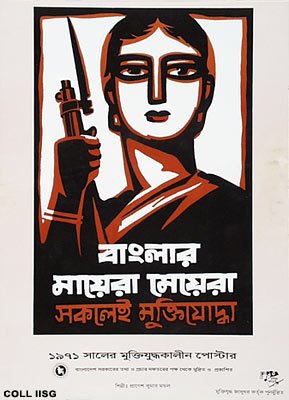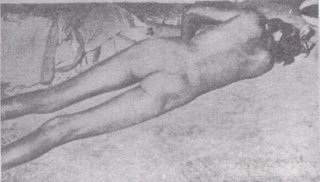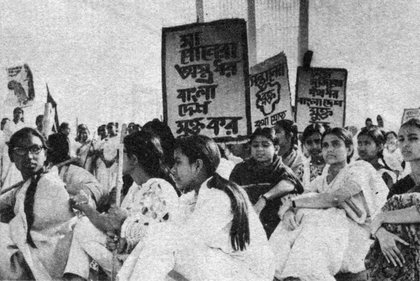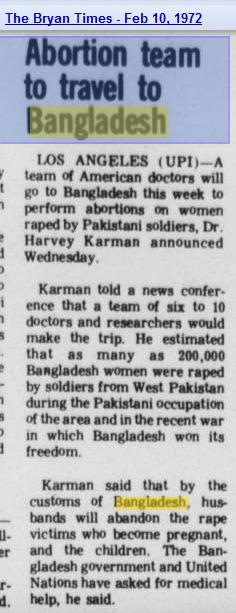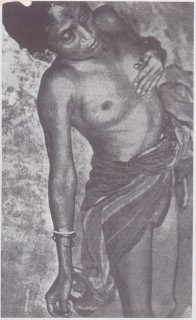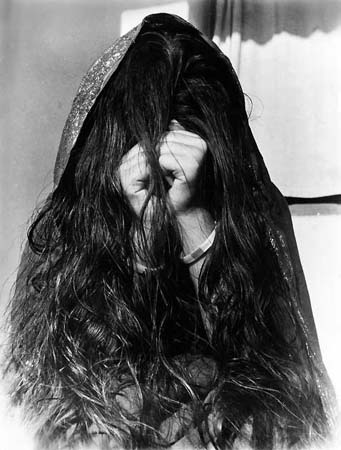Syria and the six seas
19/12/2010 07:35:00 PM
No wonder the Five Seas policy is gaining momentum among all countries being engaged by the Syrians. The Umayyads did it 1,200 years ago - there is no reason why the Syrians cannot do it tod ... ![]()
Syria and the six seas
19/12/2010 07:35:00 PM GMT
By Sami Moubayed

| (AFP) Syrian President Bashar al-Assad |
This December, Syrian President Bashar al-Assad visited Ukraine and France. For obvious reasons, international media were more interested in taking photos of the Syrian leader walking down a cobbled street from his hotel to the Elysee Palace, than in his groundbreaking visit to Kiev where he walked the red carpets with President Victor Yankovych.
In France, the never-ending and snowballing crisis of Lebanon was on the table - issues of the past that never seem to die in the Middle East. In Ukraine, however, the two leaders spoke not of the past, but of the future.
Few cities, after all, come close to matching the grandeur and magic of Paris but also, few countries in today's world have the potential of Ukraine.
Syrian-Ukraine relations - at first glance, a very specific topic - are actually worthy of observation because they are part of a wider futuristic vision being mapped out for the region by Damascus.
The relationship, it must be noted, was not born yesterday and dates to 1992 when Syria was the first Middle East country to recognize Ukraine's independence from the Soviet Union. A Syrian embassy quickly followed and so did a 2004 visit to Damascus by then-president Leonid Kuchma.
Apart from Ukraine's political and social influence (as well as being home to 5,000 Syrians), the country is viewed as a strategic power corridor for the transfer of oil and gas from Central Asia and the Middle East, to Europe. The two countries have, over a 20-year period, signed agreements in different fields ranging from medicine and sports to agriculture, customs, education, technology, and transport. The trade volume between them currently exceeds US$1.5 billion.
Other countries are no doubt are closer to Syria in terms of proximity, and have larger trade volumes. But Ukraine is crucial in Syria's "Five Seas Policy", a vision to link trade, technology and infrastructure between the Mediterranean, the Red Sea, the Black Sea, the Caspian Sea, and the Gulf Sea.
Such a policy, which now carries Assad's signature, is not new and it existed during the heyday of the Umayyad Dynasty (661-750), when it was actually six rather than five seas, reaching as far as the Baltic Sea where the Umayyads - the first great Muslim dynasty to rule the Empire of the Caliphate - reached as merchants, rather than politicians or military conquerors.
That empire covered more than five million square miles, around one trillion hectares, reaching far and wide with trade routes and political influence felt throughout India, China, North Africa, and Spain.
Damascus, the legitimate child and former capital of that Empire, sees it as very possible to re-connect the six seas in today's world. This policy envisions a network of operations all running through Syria for the transfer of oil and gas, goods, manpower, and ideas, connecting the Caucasus in the north with the Arab Gulf in the south, Iran in the east, and Europe in the west.
Assad, who first envisioned this approach during a 1999 visit to the emirates, has made numerous trips to countries that matter in the Five Seas policy, Azerbaijan on the Caspian, Romania, Bulgaria, Ukraine on the Black Sea, and Cyprus, among others, on the Mediterranean. Collectively if these countries are linked via Syria, they add up to a human cluster of no less than 288 million people - a bloc that cannot be ignored, and perhaps not defeated.
During his visit to Azerbaijan in the summer of 2009, Assad outlined the need to develop a physical link between all these countries, in ports, roads, railways, and pipelines, in order for the Five Seas policy to reach fruition.
Once that happens, it would be too difficult - perhaps impossible - for countries like the US to isolate a country like Syria, since any damage would have a domino effect, reverberating in Turkey, Iraq, Romania, Azerbaijan and Ukraine. Well aware of the need to invest in infrastructure, the upcoming five-year economic plan in Syria allocates approximately $75 billion for the purpose.
Already, for example, Azerbaijan gas is coming to Syria via Turkey, while there is talk of jumpstarting the Banias-Kirkuk (Iraq) oil pipeline, disrupted by the Americans in 2003, which has a capacity of 1.2 million barrels per day.
For decades, whenever the outside world was mentioned, the first thing that came to the mind of the Arabs was Great Britain, France, or the superpower that replaced them after World War II, the United States.
Five years ago, Syria's relations with all three countries hit rock bottom, during the difficult years of the George W Bush White House. A new foreign policy took shape in Damascus, with a doctrine that the outside world does not stop at the gates of Paris, London, and Washington.
There was an entire world out there filled with heavyweight nations willing to step into the oversized shoes of the Western world. The list of potential allies was long - Brazil, Cuba, Venezuela and Argentina in Latin America, onto Turkey, Iran, Malaysia, India, China, in the East, and countries like Russia, Armenia, Ukraine, Azerbaijan, Romania, and Bulgaria.
All of these countries were willing to do business with Syria, with no preconditions. These countries had emerging and very promising economies, were willing to engage, and happened to share views on topics that were dear to Syria's heart, vis-a-vis for example, liberation of the occupied Syrian Golan Heights.
No wonder the Five Seas policy is gaining momentum among all countries being engaged by the Syrians. The Umayyads did it over 1,200 years ago - there is no reason why the Syrians cannot do it again, today.
-- Sami Moubayed is editor-in-chief of Forward Magazine in Syria. This article appeared in Asia Times on December 17, 2010 entitled, "Syria sets sail on six seas"
http://www.aljazeera.com/news/articles/39/Syria-and-the-six-seas-.html
__._,_.___
